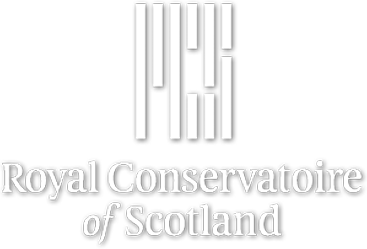Make Me Yours: How Art Seduces
Research output: Books, editions or reports › Book › peer-review
Contributors
About
What makes a work of art seductive? This book is concerned with the relational and psychodynamic aspects of the encounter between the work of the art and the viewer; one that, when seduction operates, is characterised by interplay, flow and conflict. The first step is to define seduction, a concept that is contingent, ridden with confusion, contradictions and connotative interpretations, even in the gallery space. Any attempt at pinning it down shows that it is pervasive and operates everywhere. To overcome this problem, I put forward a subjective approach, comprised of three practices: photographic, psychoanalytic and writing.
The context of my seduction is multiform: eighteenth-century libertine novels, particularly Les Liaisons Dangereuses and the writings of the Marquis de Sade; Giacomo Casanova’s memoirs; Frank Sinatra’s arrest in 1938; Sigmund Freud’s abandonment of the seduction theory; Søren Kierkegaard’s games between Johannes and Cordelia; Karl Marx’s commodity fetishism; Surrealist works, and Jacques Lacan’s mysterious objet petit a, the object cause of desire. My own (nearly missed) encounter with Marcel Duchamp’s Étant donnés, and a bold shoe in a New York shop window play a part in delineating seduction, together with the occasional appearances of a detective, who will provide the forensic gaze required.
The context of my seduction is multiform: eighteenth-century libertine novels, particularly Les Liaisons Dangereuses and the writings of the Marquis de Sade; Giacomo Casanova’s memoirs; Frank Sinatra’s arrest in 1938; Sigmund Freud’s abandonment of the seduction theory; Søren Kierkegaard’s games between Johannes and Cordelia; Karl Marx’s commodity fetishism; Surrealist works, and Jacques Lacan’s mysterious objet petit a, the object cause of desire. My own (nearly missed) encounter with Marcel Duchamp’s Étant donnés, and a bold shoe in a New York shop window play a part in delineating seduction, together with the occasional appearances of a detective, who will provide the forensic gaze required.
Details
| Original language | English |
|---|---|
| Publisher | Cambridge Scholars Publishing |
| Number of pages | 245 |
| ISBN (print) | 978-1-4438-9060-1, 1-4438-9060-X |
| Publication status | Published or Performed - 1 Jul 2016 |
